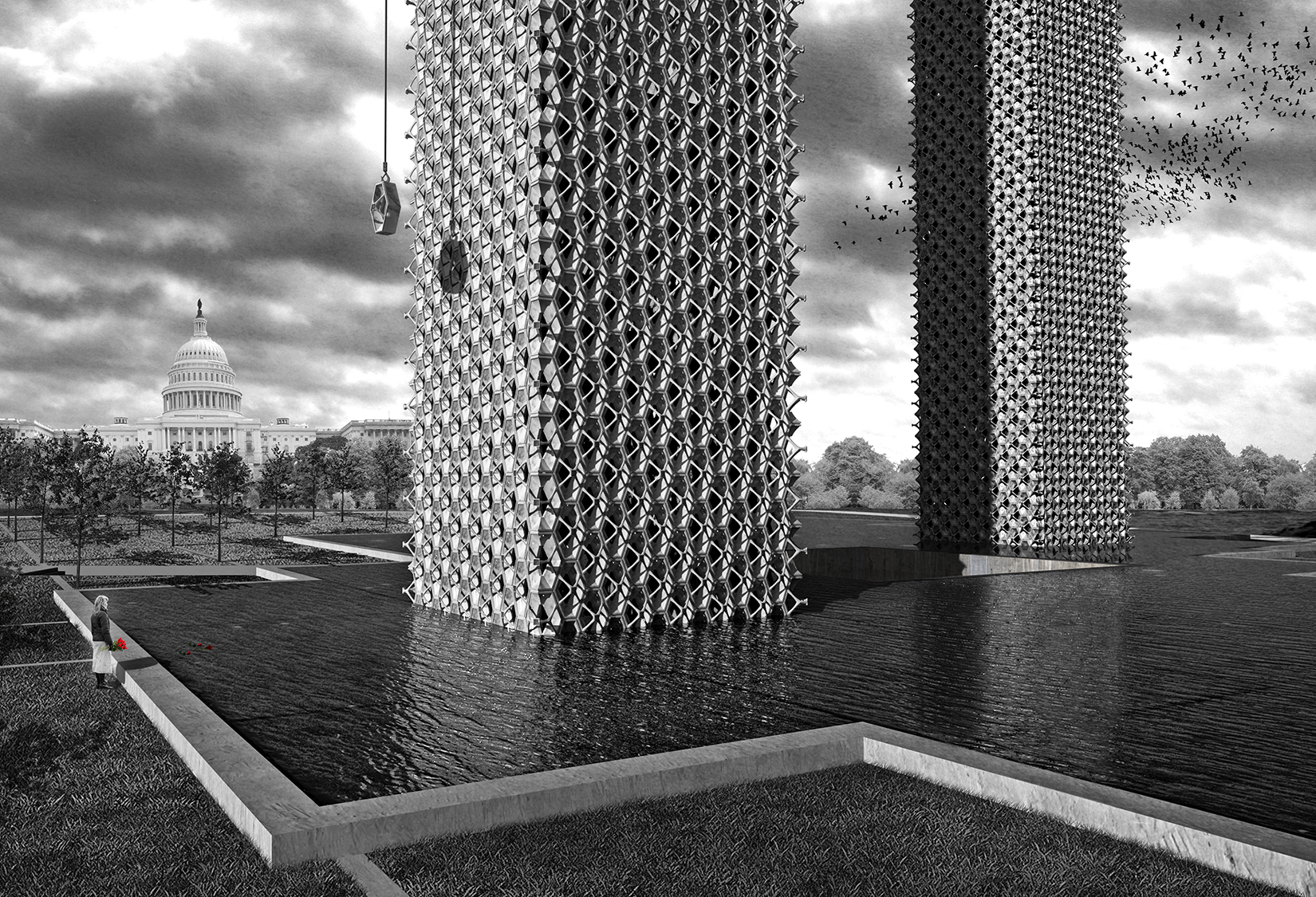

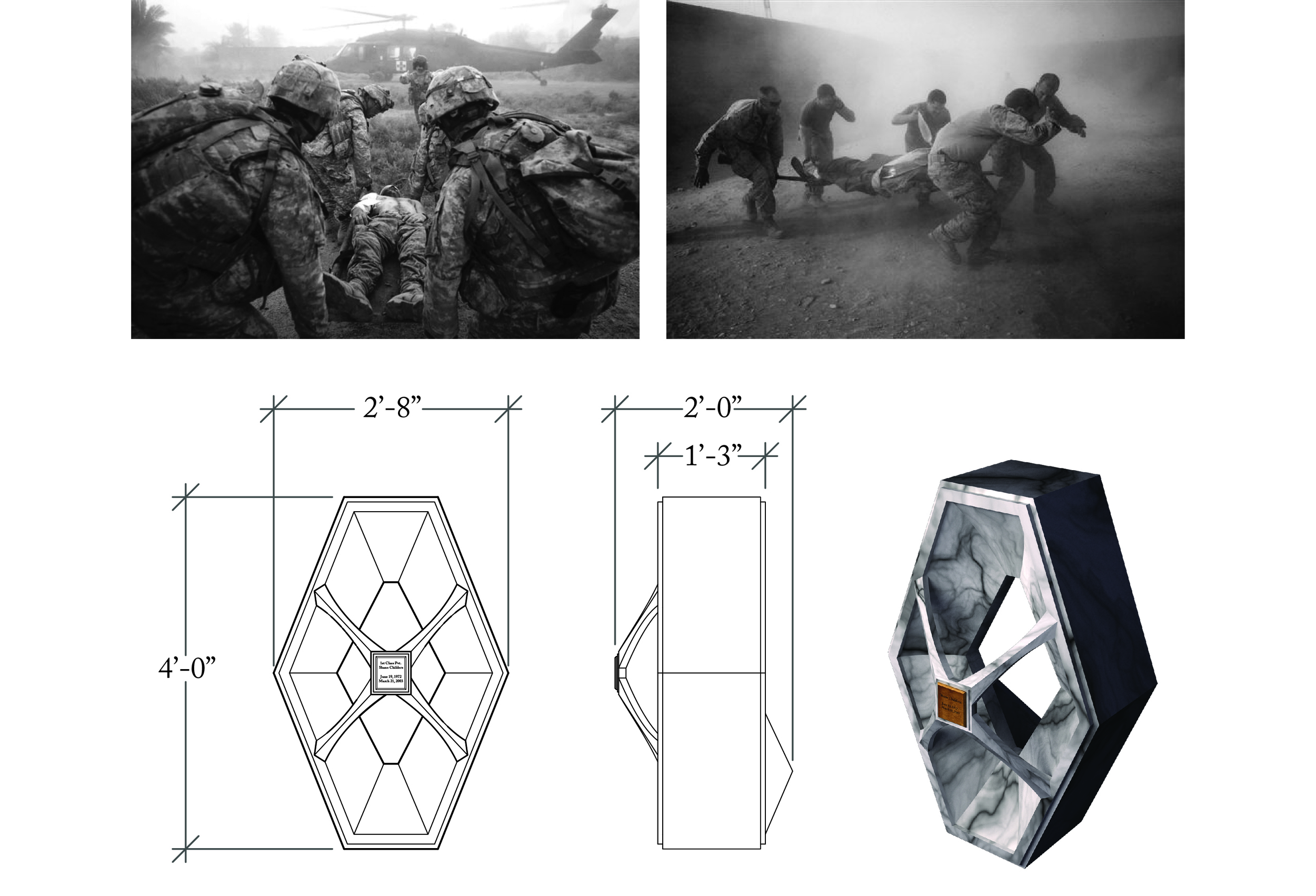


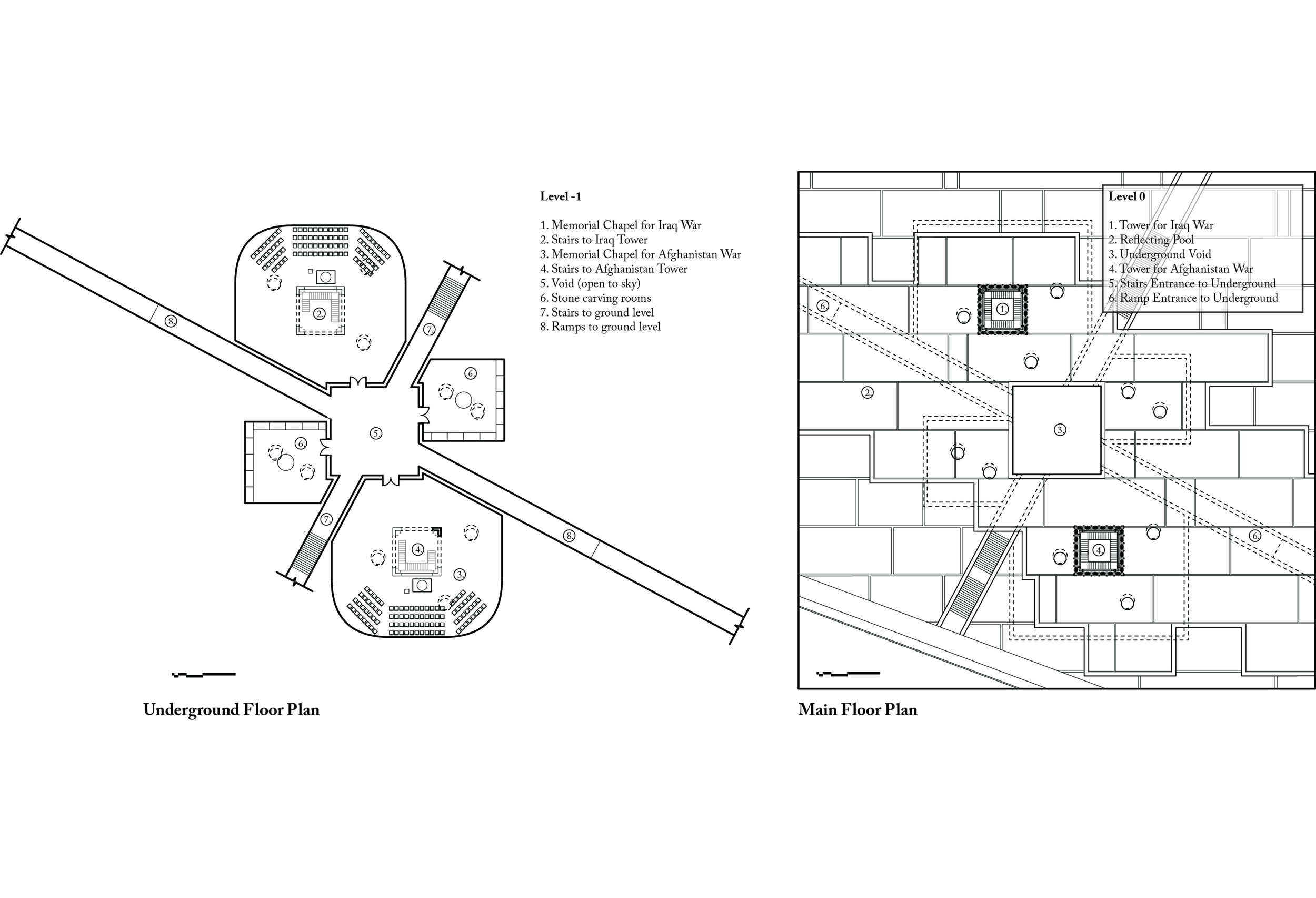
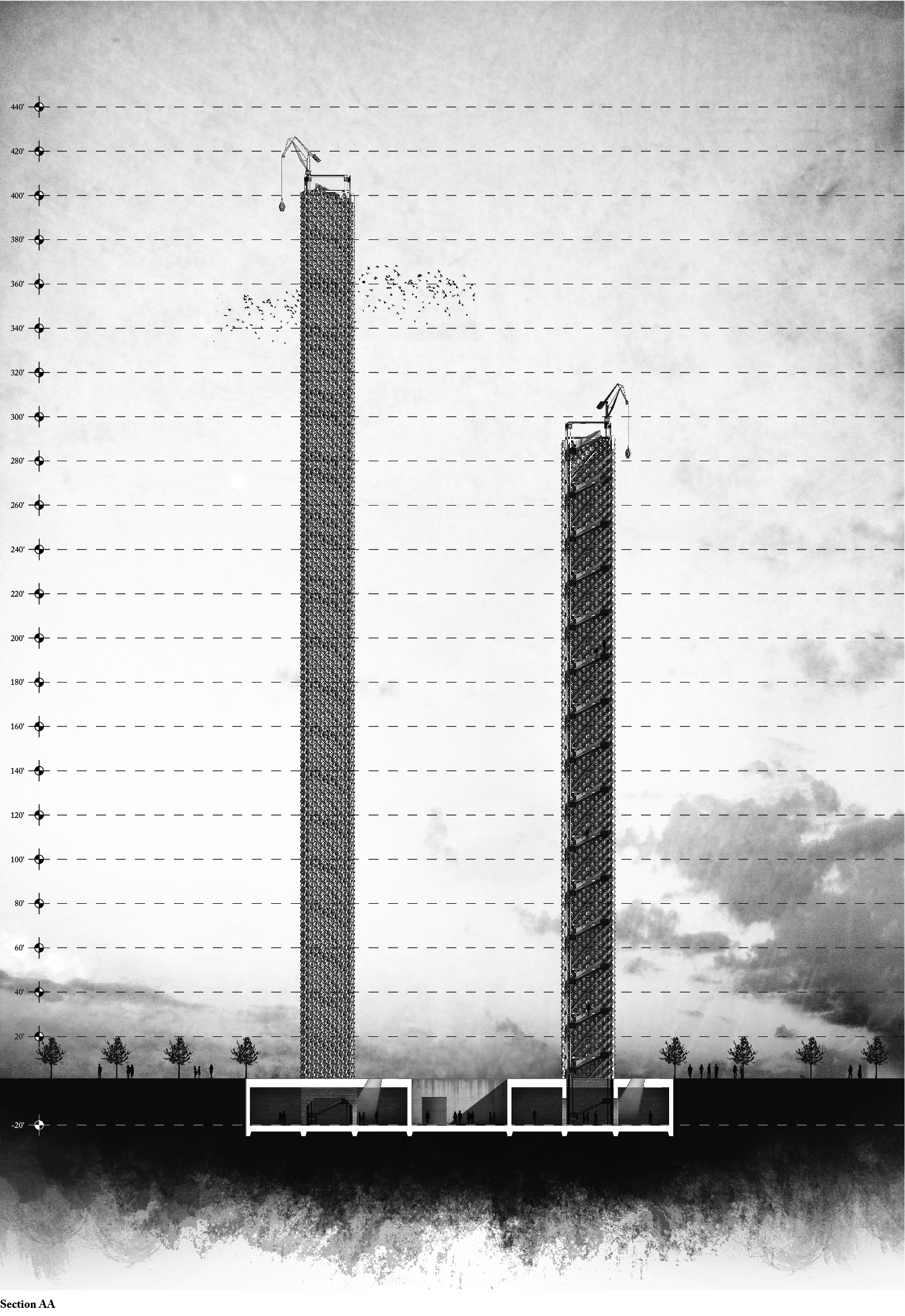
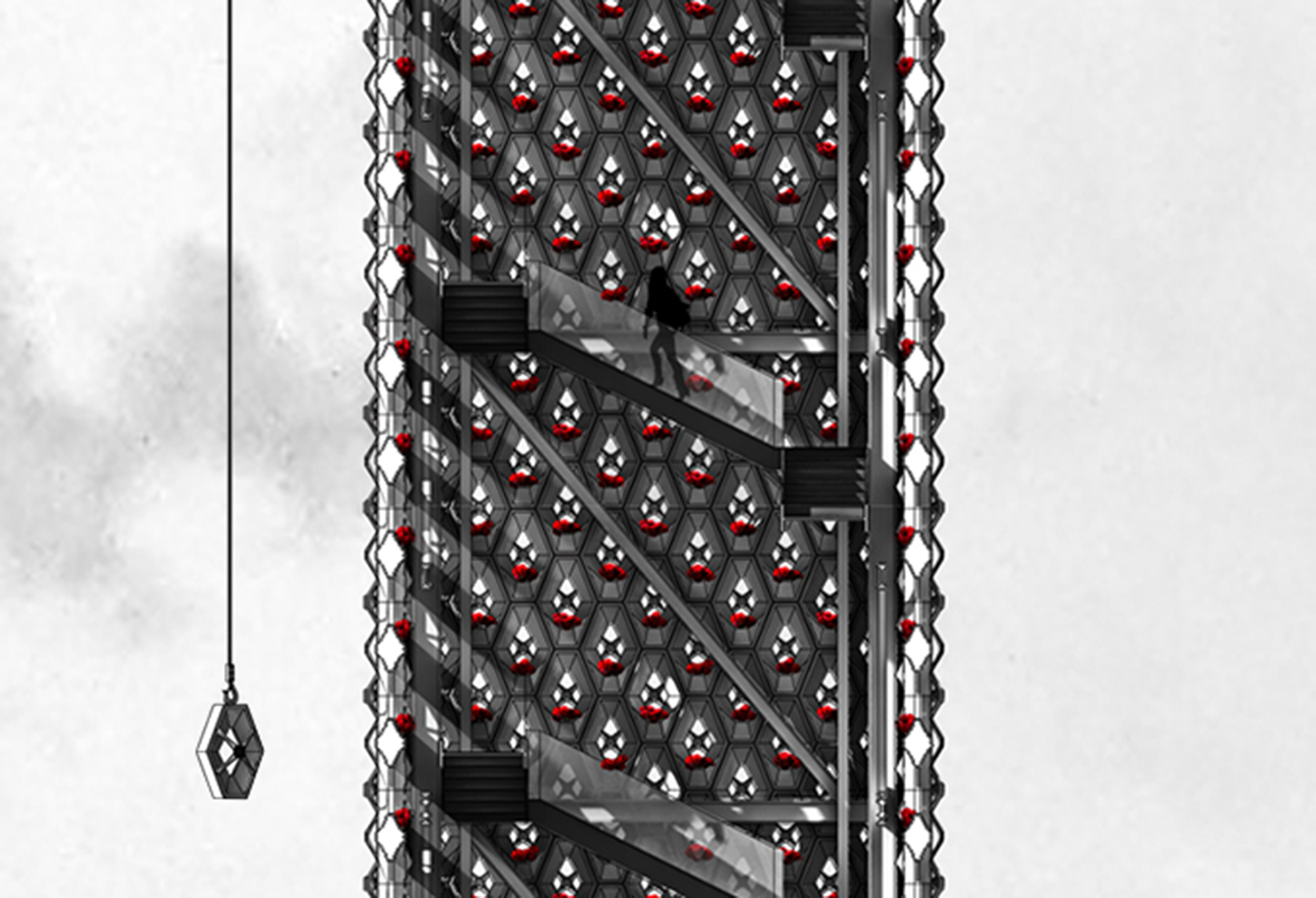
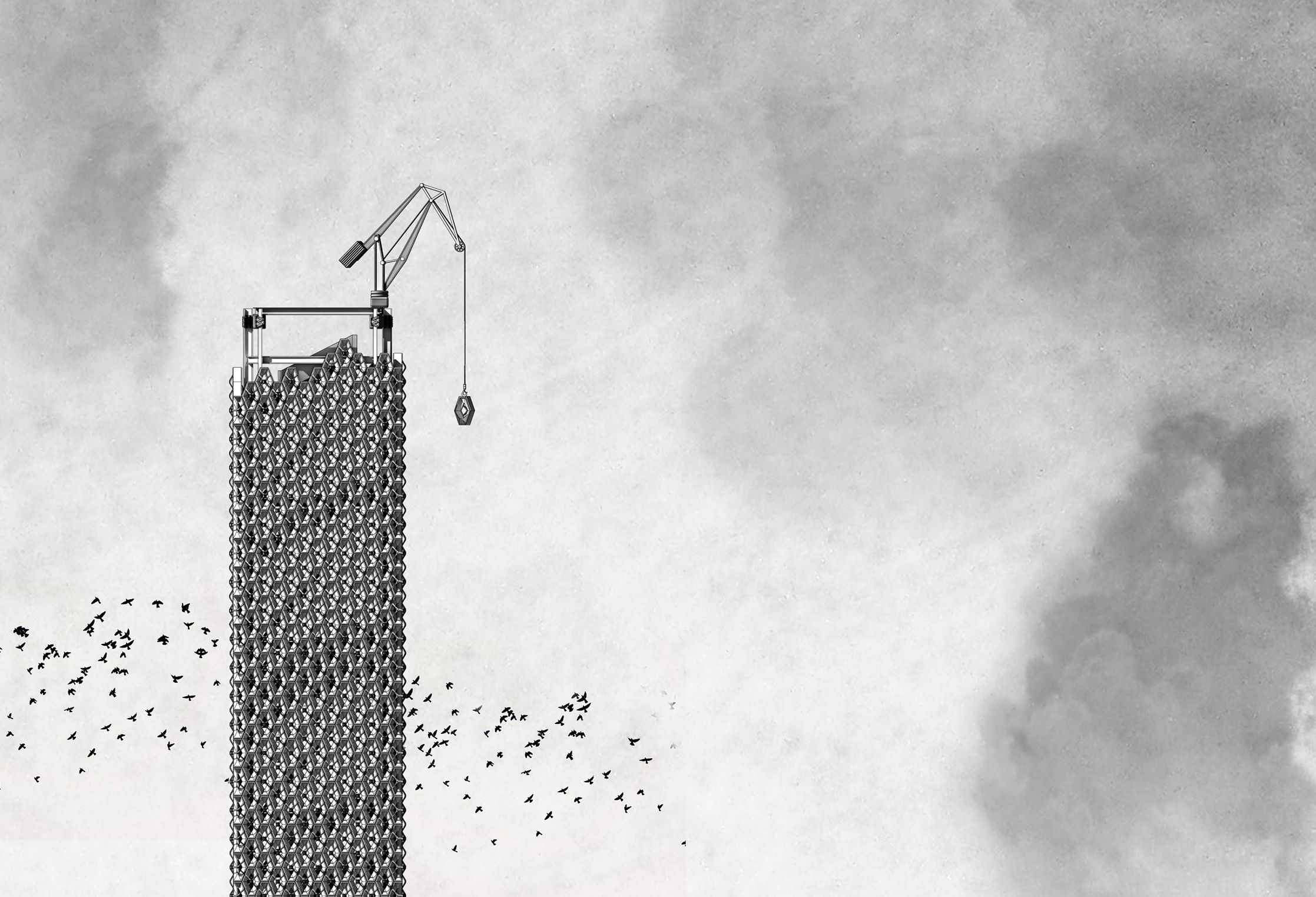
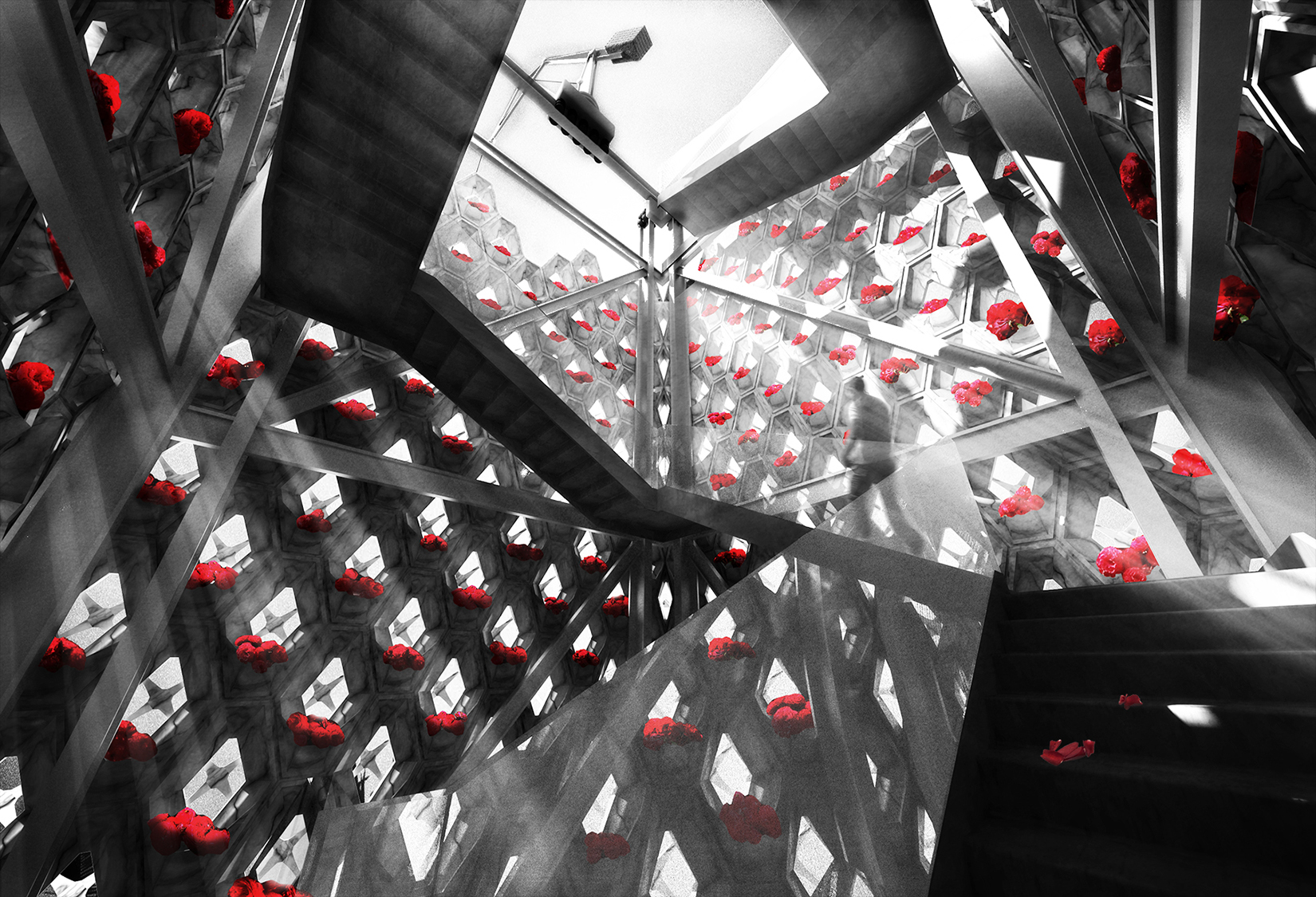
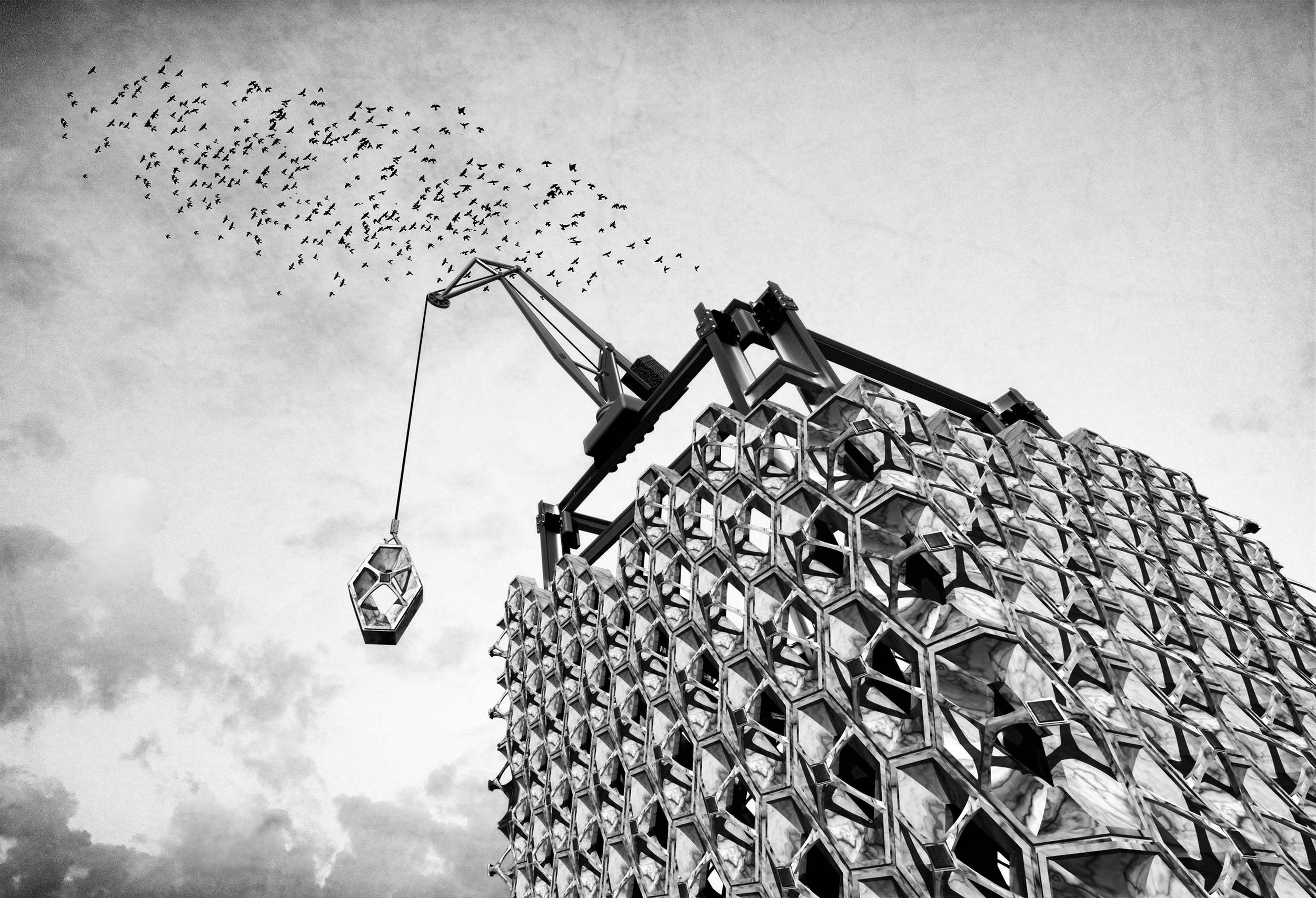
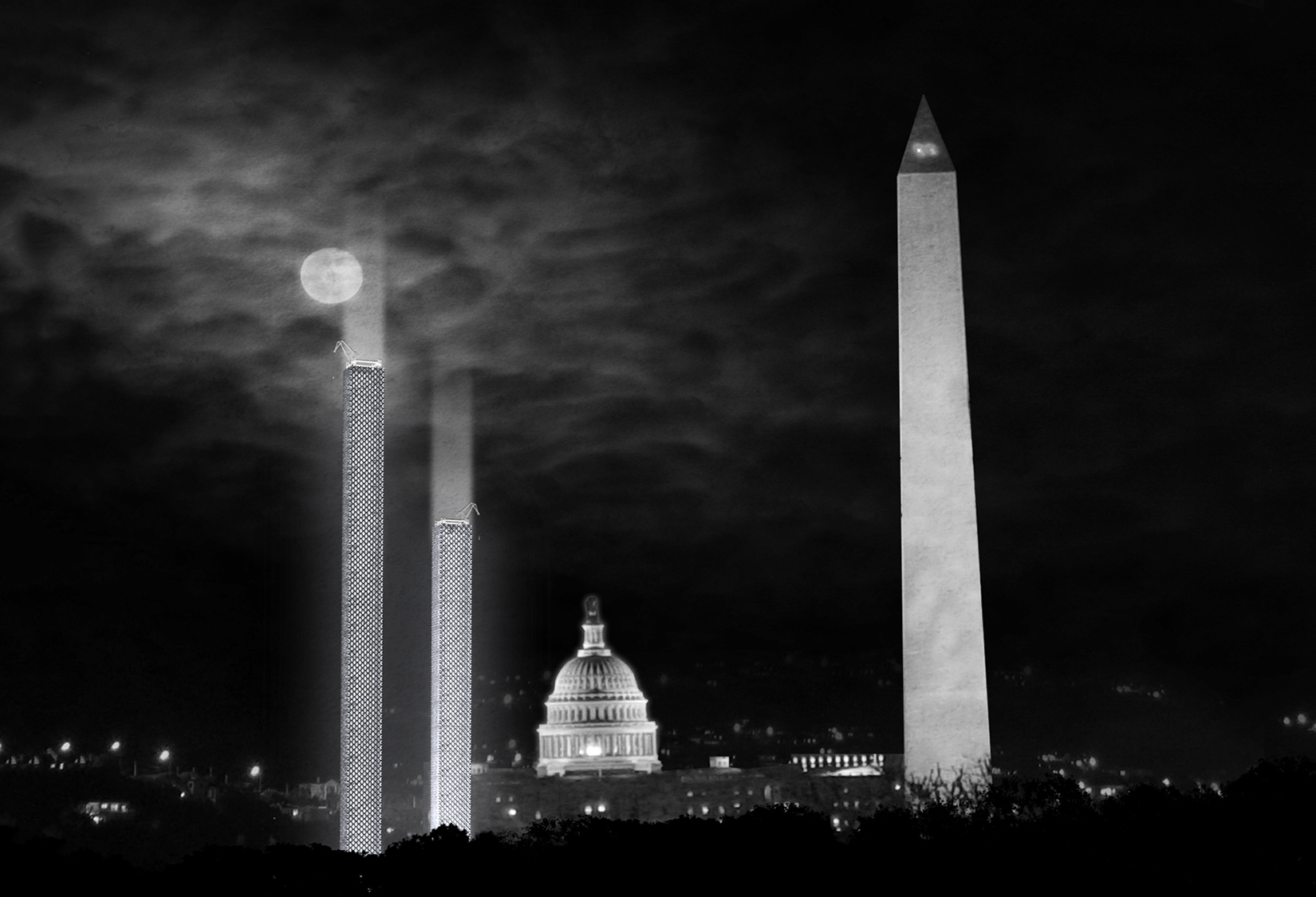
Another brick in the Wall
The first tower began its rise on January 4th, 2002, when Sgt. 1st Class Nathan Chapman was shot and killed by an Afghan sniper while directing troop movements from the back of a flatbed truck. To mark his death a white hexagonal carved stone was set into the earth, marking the first casualty in the Afghanistan war and the beginning of the tower’s rise. The second began when a bullet pierced the fleshy stomach of Marine 1st Lt. Therrel Shane Childers, ending the 30 year old’s life in Southern Iraq on March 21, 2003. Their deaths marked the first of a long list of casualties in wars which, to this day, continues to grow.
These wars are costly, and often horrific. Their consequences are felt by thousands of individuals and families across not only the United States, but also the rest of the world. The experience of war leaves individuals with scars, both physical and psychological, and too often cuts the lives of young men and women short. What remains tragic is that these wars are decided upon not by the will of the collective majority, but are rather voted upon and enacted by individuals mostly protected from the scars of war: members of congress and the United States government. And indeed few of these individuals have never born the horror of combat themselves: whereas almost 70% of congressmen in 1975 were veterans, the current number is much closer to 20%.
The cost of war thus come to these individuals not as the tragic stories of fathers, mothers, sons, or daughters; but rather as the quantified numerics of data: casualty lists, quantifiable costs - mere lines of text on a paper document. As Joseph Stalin once proclaimed: “One death is a tragedy; one million deaths is a statistic.” This sentiment illustrates a disturbing reality: that when tragedy creeps beyond the comprehension of one’s personal immediacy, it begins to lose its humanity.
This project is located on an vacant triangular lot immediately adjacent to the U.S. Capitol in Washington D.C.. The monuments consist of two towers - one each for the wars in Afghanistan and Iraq. The towers are themselves simple constructs: an interior consisting of a structural steel truss and stair that winds to the top of the ever-growing memorial, and a monolithic exterior wall made of carved marble blocks. Each block is representative of a single life of a soldier lost in the war. An integrated crane at the top of each structure ensures that the towers continue their upward climb, raising and setting a stone for every fallen soldier. The towers began their ascent at the beginning of the war, each with the laying of a single stone.
The modules are carved, on site, each from a single block of marble. The exterior of each stone is adorned with a copper nameplate, bearing the inscription of the individual’s name, rank, birth and death. The outward facing half of the stone is skeletal, bare, and morose. The inside of each stone bears the same inscription, and also has a small integrated planter, creating on the interior of each tower a wall of red flowers. At night the tower is internally illuminated, creating a shimmering, perforated pillar form against the night sky.
This project seeks to give physical form to the cost of war; to create a monument that, in its perpetual construction, acts as the physical construal of each individual’s life and death. As the death toll rises, so do the towers, always climbing higher and higher into the sky with the perpetuity of war.

